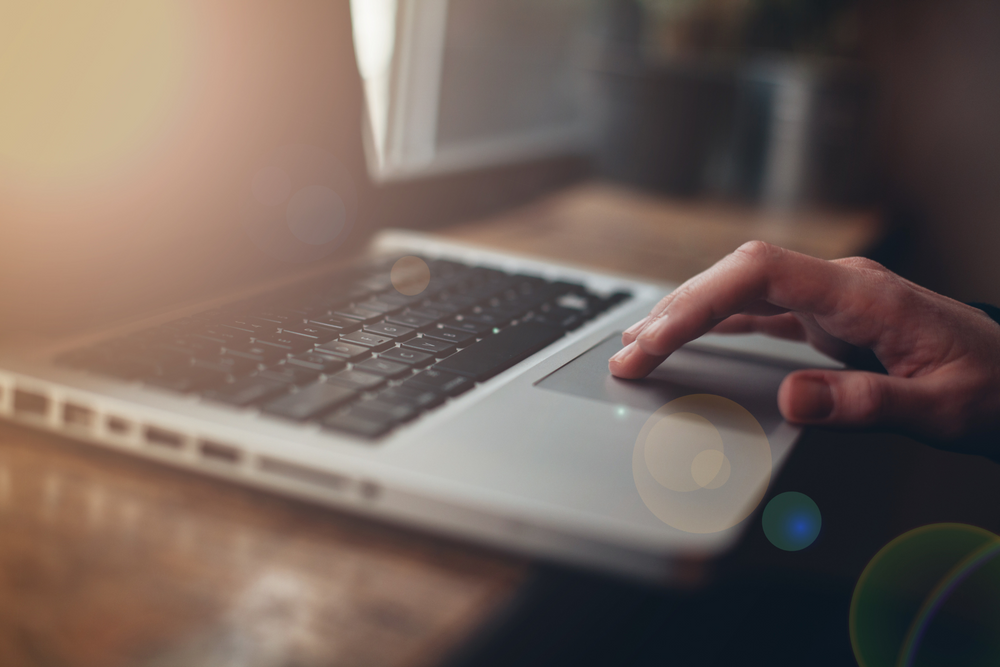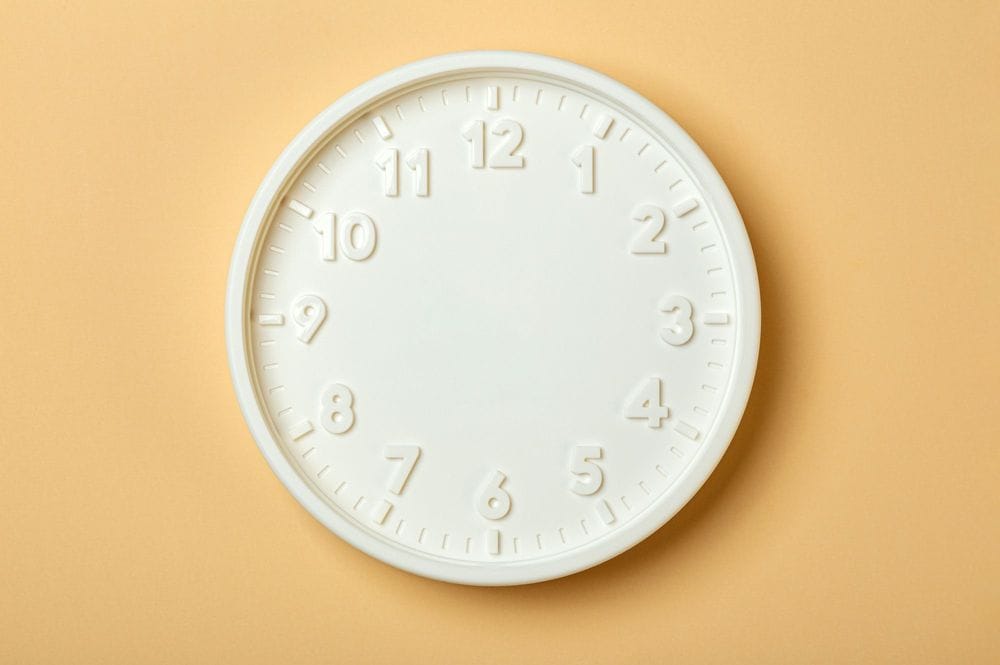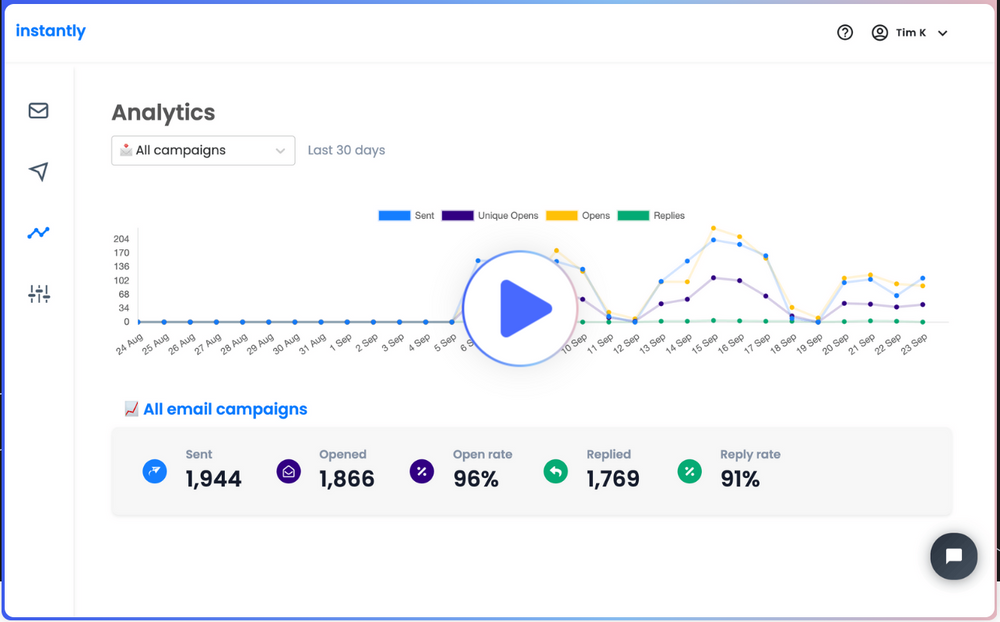Why Should I Use An Follow-Up Email Template?
If you're like most people, you probably sometimes (or even often) find yourself wondering what to say in a follow-up email. You might ask yourself, "Do I sound needy if I follow up too soon?", "What if they think I'm bugging them?" or "What if they just don't want to talk to me anymore?"
Here's the thing: those thoughts are perfectly normal. But here's the good news: there is a way to increase your chances of getting a response from someone you've emailed, and that's by using a follow-up email template.

A follow-up email template is simply an email you write (or copy from this post) in advance and save so that you can quickly edit and send it later.
The great thing about using a template is that it takes the guesswork out of what to say and how to say it so that you can focus on other things.
There are many different types of follow-up email templates that you can use, depending on the situation. For example, there are templates for networking follow-ups, job interview follow-ups, and sales follow-ups.
In this post, we'll share 3 types of follow-up email templates you can use in various situations. But before we do that, let's quickly review some fundamental tips for writing a follow-up email.
Follow Up Email Best Practices
A follow-up email is an email you send after you've made initial contact with a potential customer or client. A follow-up email aims to keep the conversation going and deepen the relationship. It's an opportunity to build trust and rapport, learn more about their needs and pains, and position yourself as someone who can help them solve their problems.
Crafting follow-up emails that get replies can be tricky and require thoughtful consideration; without it, you run the risk of irritating your potential lead and getting flagged as spam. But with some planning and effort, you can write follow-up emails to help you close more deals and build better relationships.
Timing Is Everything
Many factors contribute to the importance of timing when sending a follow-up email. Timely follow-ups show that you're organized and attentive; this can make a good impression on the recipient and increase their chances of responding positively to your request.
That said, you want to make sure that you give the recipient enough time to respond to your initial emails. If you send a follow-up too soon, they might feel like you're nagging them, and they'll be less likely to respond positively.
Also, you want to make sure that your follow-up falls at a time when the recipient can respond. For example, if you know they're usually out of the office on Fridays, it's better to send you a follow-up email at the beginning of the week.

Keep It Brief
Keeping brief follow-ups is essential to maintaining a good relationship with your audience. Brevity conveys respect for your reader's time, which is especially important in the era of information overload. Shorter emails are more likely to be read and responded to, meaning you're more likely to get results, and by keeping your emails short, you force yourself to be concise and clear with your words, improving your writing quality.
Offer Value
Offering value in follow-up emails is fundamental because it reminds the recipient that you're still interested in helping them, even after they didn't respond to your initial email. Offing value demonstrates you're willing to go above and beyond, so even if they don't need your help right now, they'll remember you the next time they do.
Some ways you can offer value in a follow-up email are by:
- Offering an exclusive discount or coupon
- Sending them helpful resources (e.g., an article you think they would enjoy)
- Inviting them to an event or webinar, you think they would be interested in
- Asking if there's anything you can do to help them
- Offering value in your follow-up email increases the chances that the recipient will engage with your email and remember you positively in the future.
Track Progress
It's a good idea to track the performance of follow-up emails because they can be a great way to nurture leads and convert them into customers. By monitoring things like open rate, click-through rate, and unsubscribe rate, you can get a good idea of how your follow-up emails perform and make necessary changes to improve their effectiveness. Paying attention to the overall engagement rates of your follow-up emails will give you insights into how interested your recipients are in your offer.

3 Versatile Follow-Up Email Templates You Need To Save Now
Follow-up emails are necessary in the modern business world. Most people hate getting them, but they’re essential to sales. Without follow-up emails, deals would fall through the cracks, and opportunities would be missed.
The key to writing a good follow-up email is to make it as concise and helpful as possible. The goal is to add value to the recipient, not just annoy them with another sales pitch.
With that in mind, here are three versatile follow-up email templates that can be used in familiar situations.
Scheduling A Meeting
Hi [Name],
I saw you opened the email I sent you on Monday and browsed our site [website]. But I didn't hear back from you.
I was wondering if you’re interested in learning more about [business] or if there's any way I can provide value to you and your business.
If there's anything, I can do. Let's schedule a quick call. How does your calendar look this week?
Looking forward to hearing more about [prospects business or painpoint]
[Your Name]
Follow-Up Email For Sales
Hi [Name],
I sent you an email about [product/service_name] and how it would be a perfect fit for your company.
I just wanted to share some excellent news:
Since [date or milestone], our clients have experienced [value proposition, i.e., growth%, # Sales increased] with the help of our solution. We love helping businesses solve [painpoint], so we are offing [promotion]
Don't hesitate to get in touch with me if you would want to learn more information. I would be glad to go through everything with you in further detail. I am looking forward to your response.
Thanks!
[name]
Job Interview Follow-Up Email
Dear [Name],
I hope you're well. I just want to follow up on the [job title] position. I appreciated meeting with you [time or place of interview] and discovering more about [company name] and [the position]. I am still interested in the position and will happily provide any further information you may still require from me.
If possible, could you please provide me with an update regarding the process? Your feedback would be greatly appreciated. I am excited to hear from you.
Thank you,
[Your name]
[Contact Info]
Key Takeaways
A follow-up email is a great way to continue the conversation after an initial meeting or sale. Follow-up emails ensure you stay in touch with your contacts and build lasting relationships. By following these tips, you can ensure that your follow-up emails are effective and professional—every time.
And, remember...
A follow-up email should:
- Thank the recipient for their time
- Mention something you discussed during your meeting or conversation
- Include a call to action, such as setting up a meeting or sending additional information
- Be polite and professional





